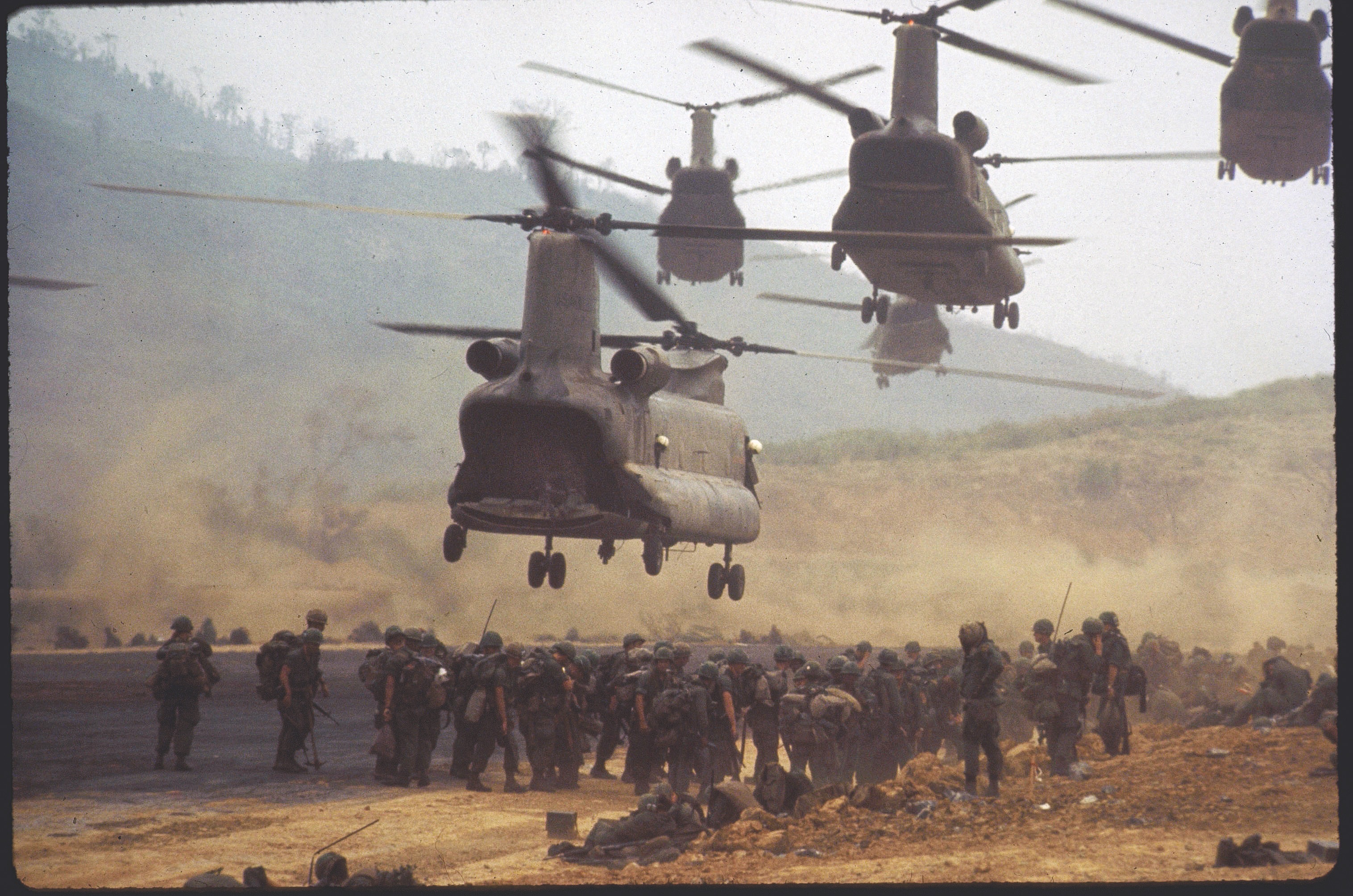Geoffrey W. Jensen and Matthew M. Stith, history professors and good friends, believe the accepted historical narrative of the Vietnam War as a tragic, if foreseeable, American military and foreign policy disaster discourages a deeper understanding of other aspects of the conflict. That theme is reflected in Beyond the Quagmire, a diverse collection of essays edited by Jensen, associate professor of history at Embry-Riddle Aeronautical University in Prescott, Arizona, and Stith, associate professor of history at the University of Texas at Tyler.
Their selections provide new interpretations of leadership, political activism, race and gender, and the role of the environment during the war. Presented as individual chapters, the 13 essays by prominent scholars (including one essay each by Jensen and Stith) are grouped into three sections centering on specific topics.
In “Part I: The Politics of War,” one of the contributors, Geoffrey C. Stewart, assistant professor of history at the University of Western Ontario, reviews the rural development policies of South Vietnamese leader Ngo Dinh Diem.
Stewart contends that Diem—far from being a narrow-minded American “puppet,” as some portray him—developed his own programs to use South Vietnam’s land and people in building what he hoped would be a viable, self-sufficient nation. “Diem’s rural development policies,” Stewart writes, “demonstrate that he had a distinct vision of a postcolonial Vietnam and some ideas about how to achieve it.”
Under Diem, the South Vietnamese government implemented land reform and development initiatives and set up the “agroville” and Strategic Hamlet programs, which moved farmers and other rural people into fortlike settlements designed to protect them from Viet Cong attacks. Ultimately, however, these measures were undermined by endemic corruption, mismanagement and a genuine misunderstanding of rural peasants’ attitude toward the South Vietnamese state.
Jensen, in “Part II: The Combatants and Their War,” examines the legacy of “Project 100,000,” a controversial program initiated by the Johnson administration in 1967 to address troop shortages during the war. Originally the brainchild of Daniel Patrick Moynihan, an assistant secretary of labor under Presidents John F. Kennedy and Lyndon B. Johnson, the program allowed applicants who had failed the Armed Forces Qualification Test to join the military.
Moynihan, Johnson and Defense Secretary Robert McNamara saw Project 100,000 as a way to alleviate the military’s manpower crisis while providing employment and educational opportunities to previously disadvantaged youth, particularly young African American men.
Critics in the civil rights community immediately denounced the program as a sinister plot to send more black men to Vietnam.
The armed forces, notably the Marine Corps, objected to the practice of accepting “substandard men,” insisting that it would adversely affect “military efficiency.” Yet, as Jensen explains, the program was “not the absolute failure or moral atrocity it has been made out to be.” Some men did benefit from the training and educational offerings of the military, he notes.
Poignantly recounting the war through history and memory, “Part III: Remembering Vietnam,” includes a thoughtful essay on the cultural impact of Vietnam memorials by William Thomas Allison, a professor of history at Georgia Southern University in Statesboro. He argues that the 1982 dedication of the Vietnam Veterans Memorial in Washington, Maya Lin’s iconic polished black granite wall with inscribed names of the war’s dead, inspired a “memorial-building frenzy” throughout the United States. Before the Wall was built, he notes, there were fewer than 50 Vietnam memorials nationwide; today there are more than 500.
Most of the local memorials, moreover, resemble the national site in Washington, which includes not only the Wall, but also the Three Servicemen statue and flagstaff dedicated in 1984, and the 1993 Vietnam Women’s Memorial statue. Those “core components,” Allison observes, “became base fixtures for future memorials around the United States,” where “walled panels listing the dead and contemplative rather than heroic statuary dominate design concepts.”
These memorials emphasize healing, rarely reference the war itself and are arguably intended primarily for Vietnam veterans. If they were meant to commemorate veterans, not the war in which they fought, Allison asks, what should ordinary citizens make of America’s involvement in Vietnam? Further, who will visit them when Vietnam veterans are no longer with us?
Collectively, Beyond the Quagmire demonstrates that the largely unexplored “edges of the American experience in Vietnam” are indeed worthy of additional inquiry.
This article appeared in Vietnam magazine’s December 2019 issue.





